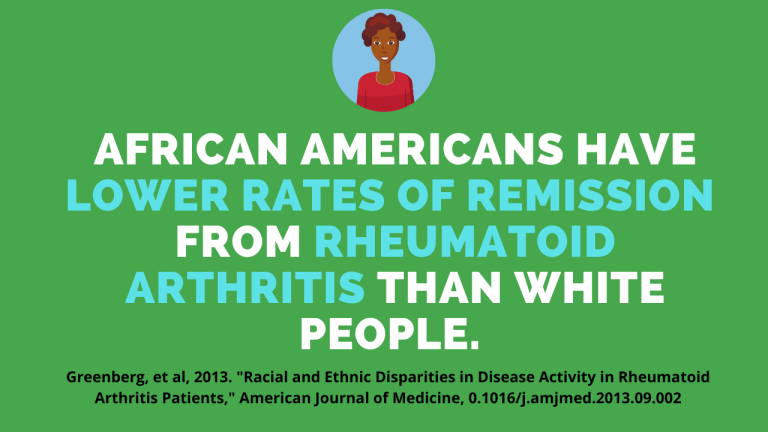This month, I have been amplifying the nonwhite voices. I have also been sharing research on racial disparities in healthcare, with a focus on those relevant to people with rheumatic conditions. Below you will find some of the stories and statistics I have been sharing on Instagram and my other channels.

- “In this study, we observed significant racial and ethnic variation in disease activity in a large U.S.-based cohort of rheumatoid arthritis patients. We also observed differences in functional status across racial and ethnic groups. In comparisons of minority groups versus white patients in both time periods, we observed that Hispanic patients had higher disease activity levels, whereas African American patients achieved lower rates of clinical remission. For both time periods, African American and Hispanic patients reported worse functional status versus white patients. “
- “Despite improvements in disease activity across racial and ethnic groups over a 5-year period, disparities persist in disease activity and clinical outcomes for minority groups versus white patients.” (Greenberg, et al, 2013).
Author: Greenberg, et al, 2013. “Racial and Ethnic Disparities in Disease Activity in Rheumatoid Arthritis Patients,” American Journal of Medicine, DOI: 10.1016/j.amjmed.2013.09.002

According to JANICE A. SABIN, PHD, in “How we fail black patients in pain” (published January 6th, 2020 in the Association for American Medical Colleges), there are troubling racial disparities in how black people in pain are treated.
Here are a few key excerpts from the article:
“What’s more, false ideas about black peoples’ experience of pain can lead to worrisome treatment disparities. In the 2016 study, for example, trainees who believed that black people are not as sensitive to pain as white people were less likely to treat black people’s pain appropriately.”
” What’s more, a meta-analysis of 20 years of studies covering many sources of pain in numerous settings found that black/African American patients were 22% less likely than white patients to receive any pain medication.”
“In fact, half of trainees surveyed held one or more such false beliefs, according to a study published in the Proceedings of the National Academies of Science. I find it shocking that 40% of first- and second-year medical students endorsed the belief that “black people’s skin is thicker than white people’s.”
It goes without saying that this is not OK. All people deserve access to appropriate pain management regardless of race.




